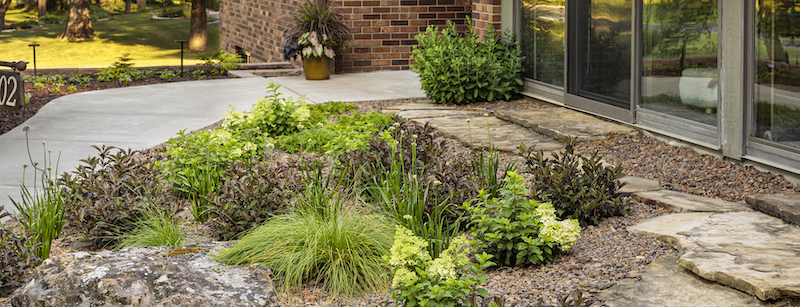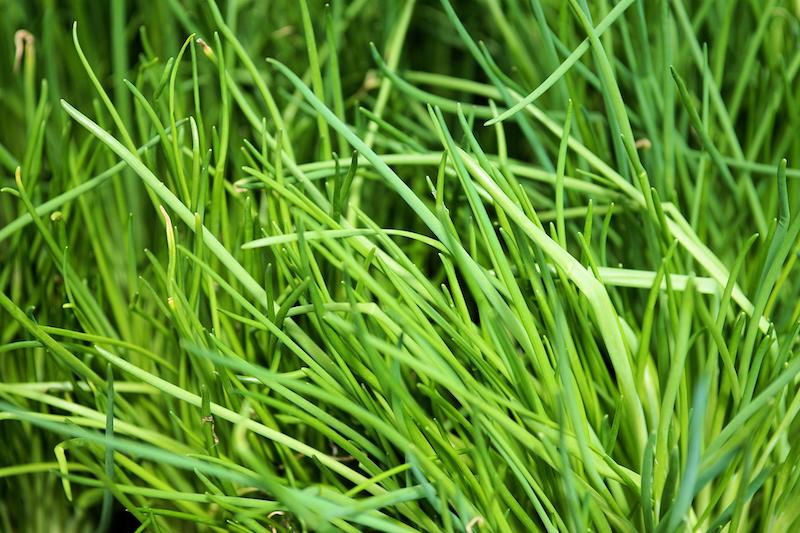When ornamental alliums are in bloom, they are the stars of the garden. Their giant flowerheads tower over other late spring and summer perennials and attract a wide range of native and non-native pollinators. The long, strappy green leaves anchor these beauties and help to give the bulbs most of the nutrition they need for following blooming seasons. There are a few key cultural techniques that will keep alliums blooming well every year.

Common Reasons Why Alliums Aren’t Blooming
Often the reason why a bulb like allium doesn't bloom has nothing to do with the amount of fertilizer a gardener feeds it. Alliums like to be planted at a depth that anchors it firmly in the soil, but if the bulb is planted too deep, then the plant will fail to send up a bloom stem. Bulbs planted in waterlogged soil, especially cold, wet winter soil, may rot before the spring comes.
Alliums will tolerate some shade during the hottest part of the afternoon, but full shade due to surrounding plants or buildings will only encourage the plant to keep making foliage. The leaves make nutrition by photosynthesizing any available light. In a shady location, the plant has to work harder at this and will put energy into foliage production at the expense of flowering.
Old, tired clumps of allium plants can also restrict flower growth. Dividing the bulbs so they can spread out will help to revive the clump. Fertilizers can also be the reason allium fails to flower. Fertilizers that have high nitrogen will encourage massive leaf growth and stunt flower growth. Using a formulation made for bulbs will provide the right ratio of NPK to support blooming and root development of the plants.

Pruning Alliums To Help them Bloom
Deadheading to remove spent blooms is the only pruning necessary. This helps the plant to redirect energy from making seeds to bulb growth. Just like tulips and daffodils, alliums rely on their foliage to produce energy. The leaves will continue photosynthesizing even while turning yellow, feeding the bulb and root system. Planting alliums as an understory to larger perennials or at the base of shrubs that have a wide spread will help disguise the fading leaves as they die back naturally.
Fertilizing Alliums To Help Them Bloom
Bulbs should be fertilized conservatively and with the right formula. Alliums are bulbs and appreciate fertilizers specific for bulbs with a higher P (phosphorous) number. Bulb Tone by Espoma and Dr Earth Organic Bulb Food are slow-release, complete fertilizers that should be applied after blooming has finished, when alliums need nutrition for bulb formation. Spreading a mulch of organic compost around the base of the plants will also increase the micronutrient content of the soil. Using a formula with a high N (nitrogen) number will not be of much use. The allium will produce more foliage, but not flowerheads.
Get Alliums To Produce More Blooms
Alliums are not reblooming perennials. Once their display is done, the whole plant begins to prepare for winter dormancy and beef up the bulb for survival. The flowers can be quite stunning fresh cut for bouquets and arrangements, but some alliums look stunning as dried flowers after the petals fall off. The architectural flowerheads on varieties like Christophii and Schubertii make fabulous dried arrangements.

Why Allium Isn’t Blooming
- Too much nitrogen in the fertilizer
- Too much shade
- Planted too deep
- Too crowded in the garden: divide and refresh
- Not waiting for the leaves to die back naturally after blooming
 |
Author Robbin Small - Published 7-19-2022 |
